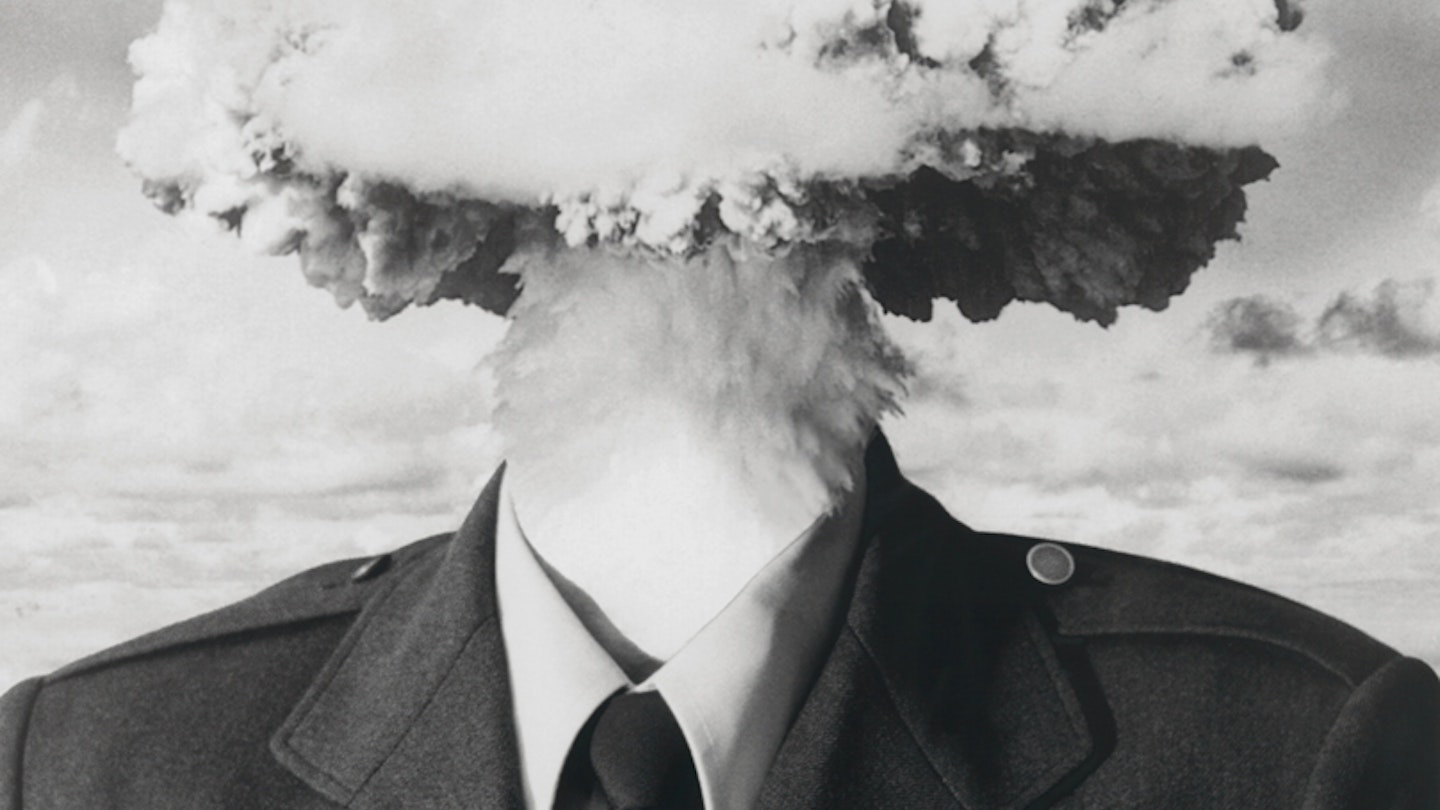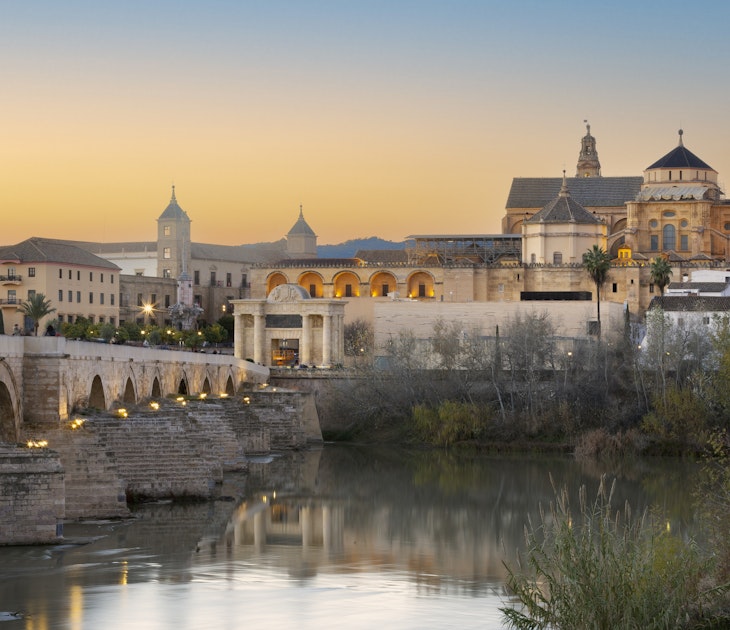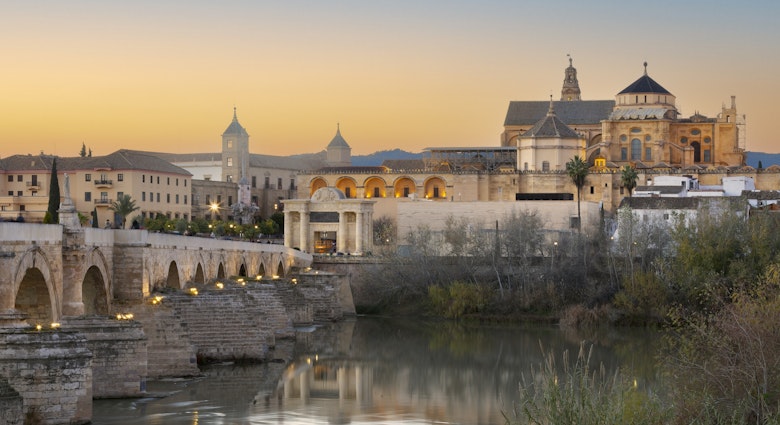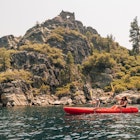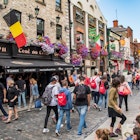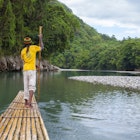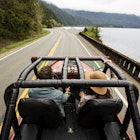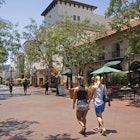Most of us might respond to the idea of a nuclear attack by diving under a nearby table. But ever since the first mushroom cloud entered our consciousness, many artists have taken a far more considered approach to the notion of human-triggered annihilation.
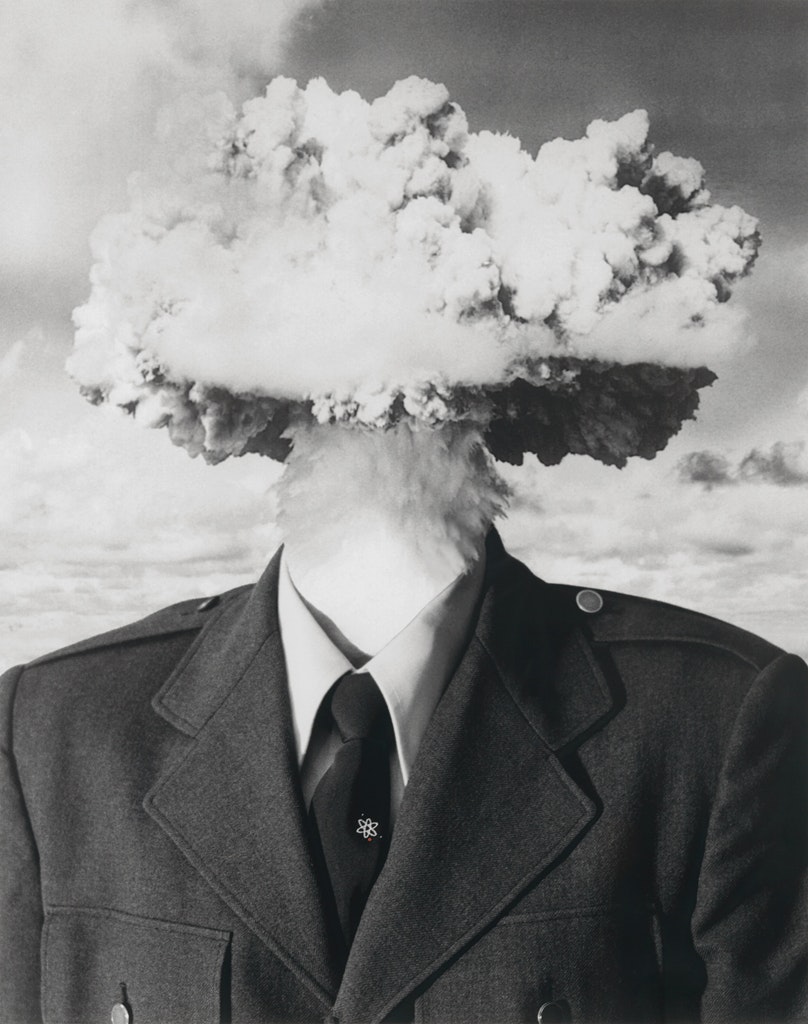
Now, at the Vancouver Art Gallery, you can explore some of this nuclear age creativity in Bombhead, a new exhibition running at the city’s top gallery until 17 June. And while it won’t exactly make you stop worrying and learn to love the bomb, it will certainly make you think.
Guest-curated by art historian and University of British Columbia professor emeritus John O’Brian, the powerful show features dozens of works by an eclectic array of artists, from David Hockney to Gathie Falk and from Bob Light to Nancy Spero. Not surprisingly, many of their eye-popping creations are dark, chilling and deeply provocative.
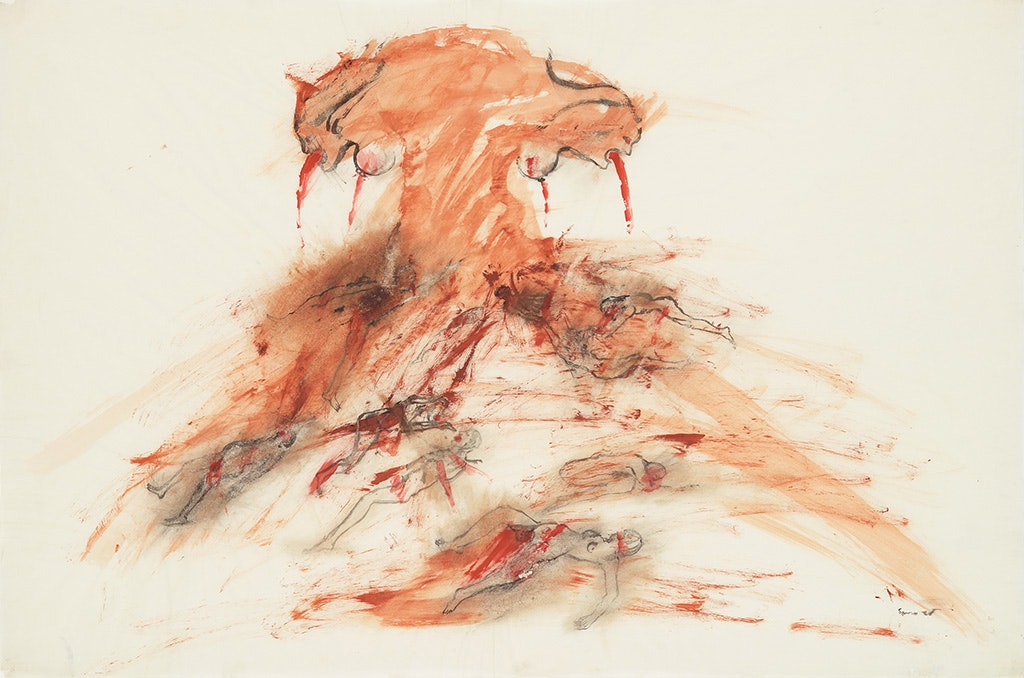
Immersed in themes of fear, protest or simply the cultural presence of “the bomb” in our lives, exhibits include Robert Rauschenberg’s mixed-media Hot Shot; Mark Ruwedel’s eerie photos of Nevada nuclear test sites; and Robert Keziere’s images from the first Greenpeace protest voyage, which departed from Vancouver in 1971.
Disturbing photos are heavily featured, from Bruce Conner’s iconic Bombhead photomontage – from which the show takes its name – to Ishiuchi Miyako’s heart-rending black and white shots of the crumpled, bloodied clothing of Hiroshima victims.
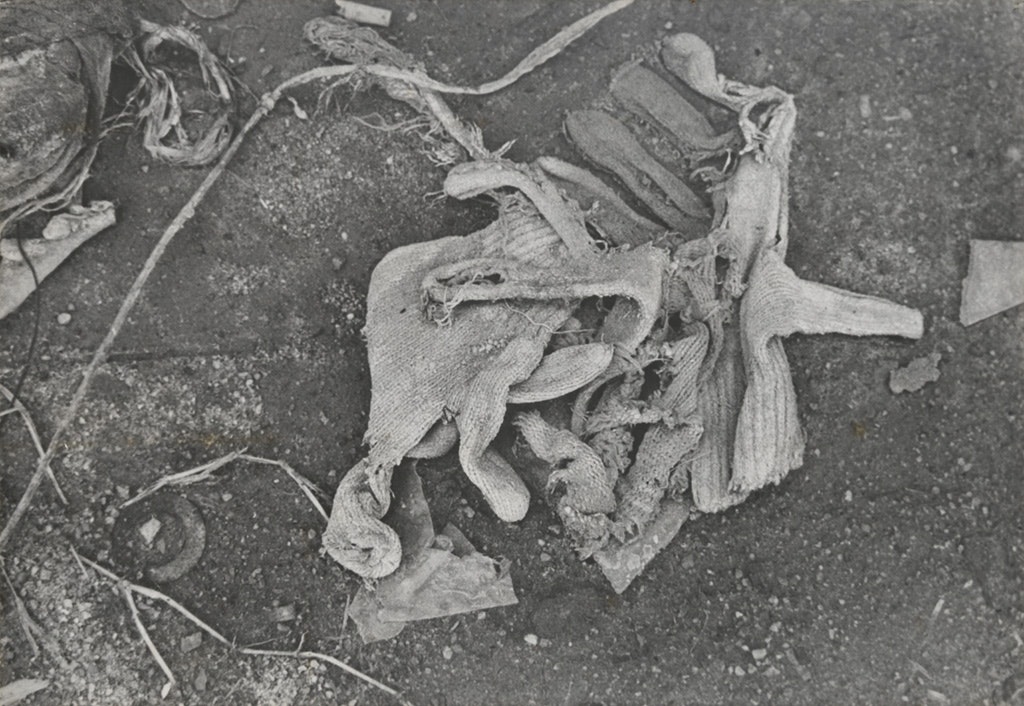
Alongside the show’s other photos, paintings, drawings and video installations, O’Brian has also included his private collection of anxiety-stoking, sometimes kitsch atomic age ephemera. From vintage pamphlets to postcards and even blueprints for survival from the Canadian government, they add a fascinating pop culture edge to the proceedings.
But while the subject matter is undeniably bleak, O’Brian sees potential positives with his show. “You could say that looking at the ruins [of nuclear bomb sites] tells us about the past, the present and possible future,” he told British Columbia’s BeatRoute Magazine. “Maybe people will realize we don’t want [nuclear war]. There is hopefulness from ruins.”
By John Lee
